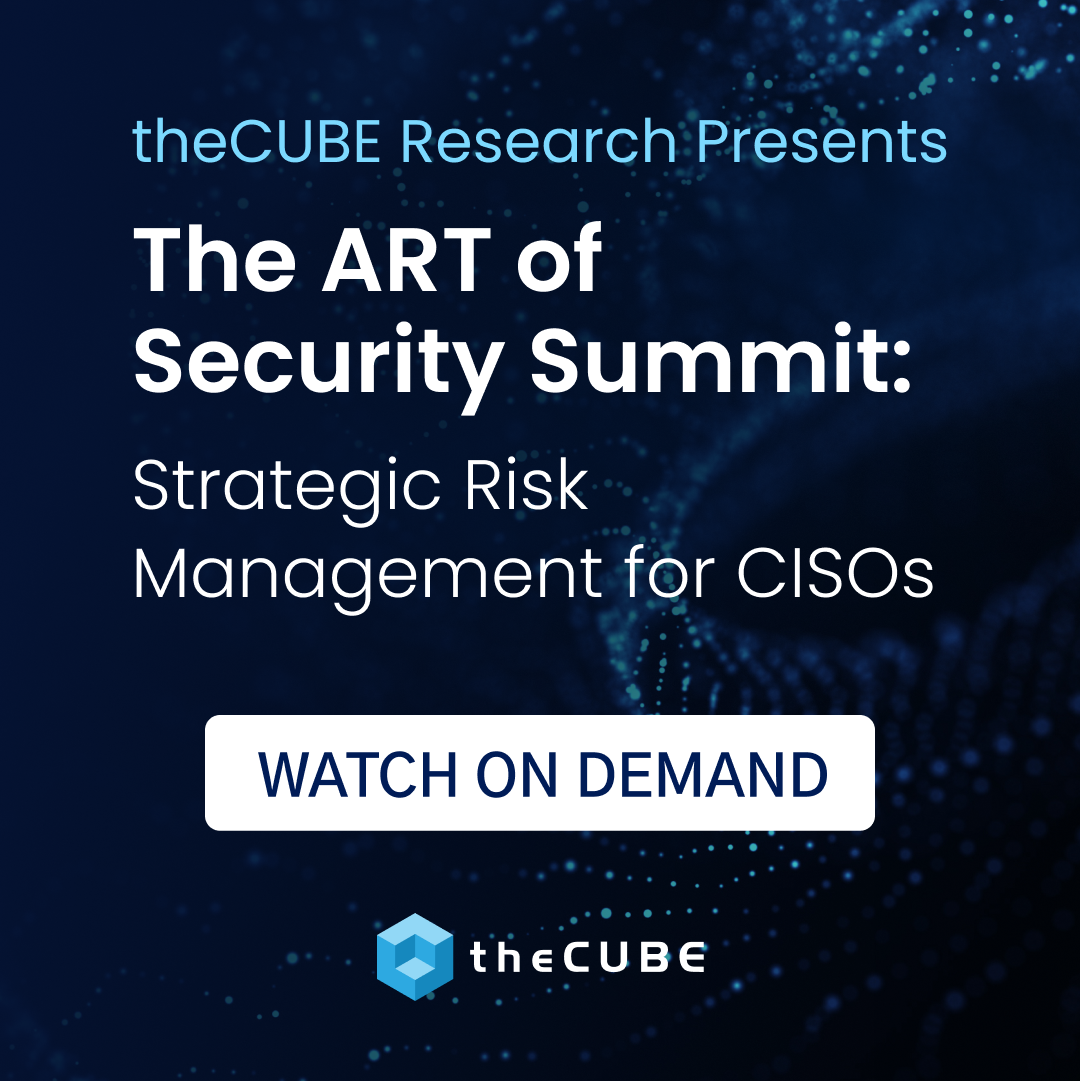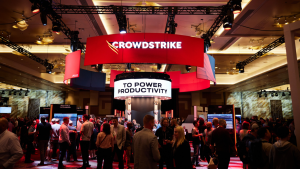Breaking the Storage Silo: Convergence and the IT Generalist
The storage industry is notoriously slow at adopting change. So, how does the storage industry continue to innovate while not failing on the mission of storing, protecting and extracting value from data? In my last post, I looked at how server and desktop virtualization are forcing functions for evolving the role of the storage administrator. Convergence solutions (both network and full stack solutions) are blurring the lines between the silos and moving many IT practitioners towards the role of an IT generalist. This transition will better management tools, training and a desire for companies to change. ![]()
Also see the previous Breaking the Storage Silo: Virtualization article
Network Convergence and Stacks
I’ve written extensively about the organizational impact of converged infrastructure on this blog. At SNW, I participated in two panels that discussed specifically about FCoE and converged networks. At one panel that included a customer testimonial, there was a heated debate with an audience member that was captured in an article by Computerworld. What was not captured in that article is that the “heated user” also said that he believed that this transition from FC to Ethernet was inevitable, but that a slow adoption fits his large organization (and most know that his Redmond, WA based parent company has been challenged in recent years to move fast). We are definitely still at the early side of the adoption curve of both FCoE and converged stack solutions like NetApp/Cisco FlexPods and VCE Vblocks. These convergence solutions offer new operational models compared to previous solutions. FCoE provides a future for FC as a fabric service over Ethernet, where the management of FC is relatively unchanged (see Wikibon’s take on how Cisco’s recent announcement helps FC/Ethernet management). With flex/unified ports on switches, there is a convergence of FC and Ethernet into a single solution, today with 8Gb FC and 10Gb Ethernet and into the future including 16Gb FC (Brocade announced that it will ship 16Gb FC in 1H11) and 40Gb Ethernet and beyond. From and IT organization standpoint, convergence of LAN and SAN will challenge traditional roles. In the video below, J Metz of Cisco and I discuss the state of FCoE and options for the restructuring the organization to create SLAM (Storage and Local Area Management) Administrators:
IT Generalists
Large organizations cannot simply flip a switch and move from the organization of today to an idealized new structure of the future. EMC’s Steve Todd wrote about Professor Vijay Govindarajan’s 3-box strategy to help companies through transitions: manage the present, selectively abandon the past, and create the future. Leading edge companies are utilizing the latest systems and tools that help orchestrate and manage an environment more by IT generalists rather than siloed specialists. The rise of IT generalists have the added benefit of removing organizational constraints that slow the adoption of virtualization and cloud solutions. In recent research done by Wikibon, it was found that traditional silos in IT are slowing the adoption of virtualization for applications like databases that traditionally have separate management teams. Often times, the technology is stable and ready for deployment, but politics or lack of communication delay the further adoption of solutions that will save money and increase the value of data and infrastructure to the organization.
Transitioning to the Data Center of the Future
Companies know that there is too much operational overhead in running data centers today. The pace of adoption of new roles will vary greatly depending on the size of the organization, specific industry dynamics and risk tolerance of executives. What is for sure is that the transition will take many years. Early adopting companies hope that the total cost of solutions and benefits of new organizational structure will give them competitive advantage over competitors that wait for the ecosystem to become more mature. Adopting converged networking, stacks and deploying IT generalists are not an all-or-nothing proposal, so CIOs should look to pilot these solutions to determine the fit in their company.
[Cross-posted at Wikibon Blog]
A message from John Furrier, co-founder of SiliconANGLE:
Your vote of support is important to us and it helps us keep the content FREE.
One click below supports our mission to provide free, deep, and relevant content.
Join our community on YouTube
Join the community that includes more than 15,000 #CubeAlumni experts, including Amazon.com CEO Andy Jassy, Dell Technologies founder and CEO Michael Dell, Intel CEO Pat Gelsinger, and many more luminaries and experts.
THANK YOU













